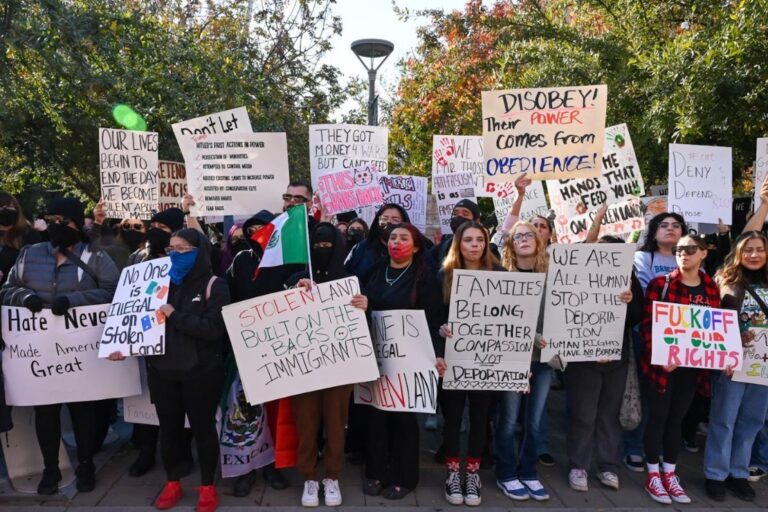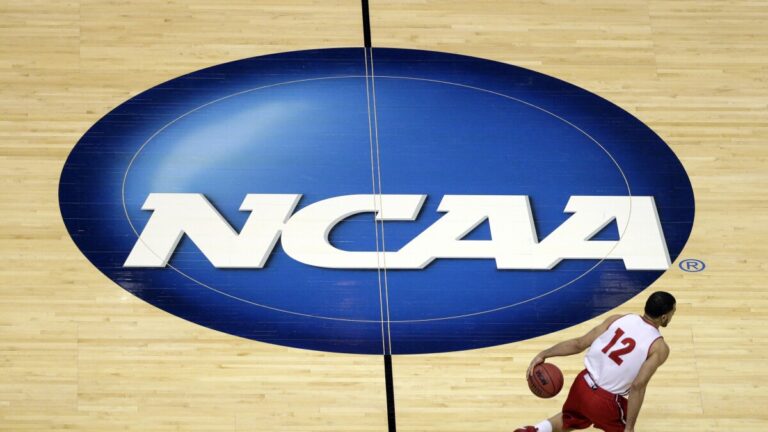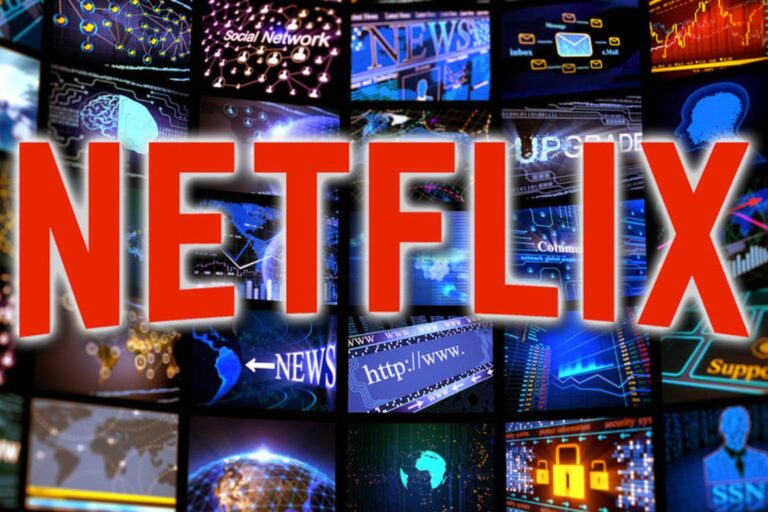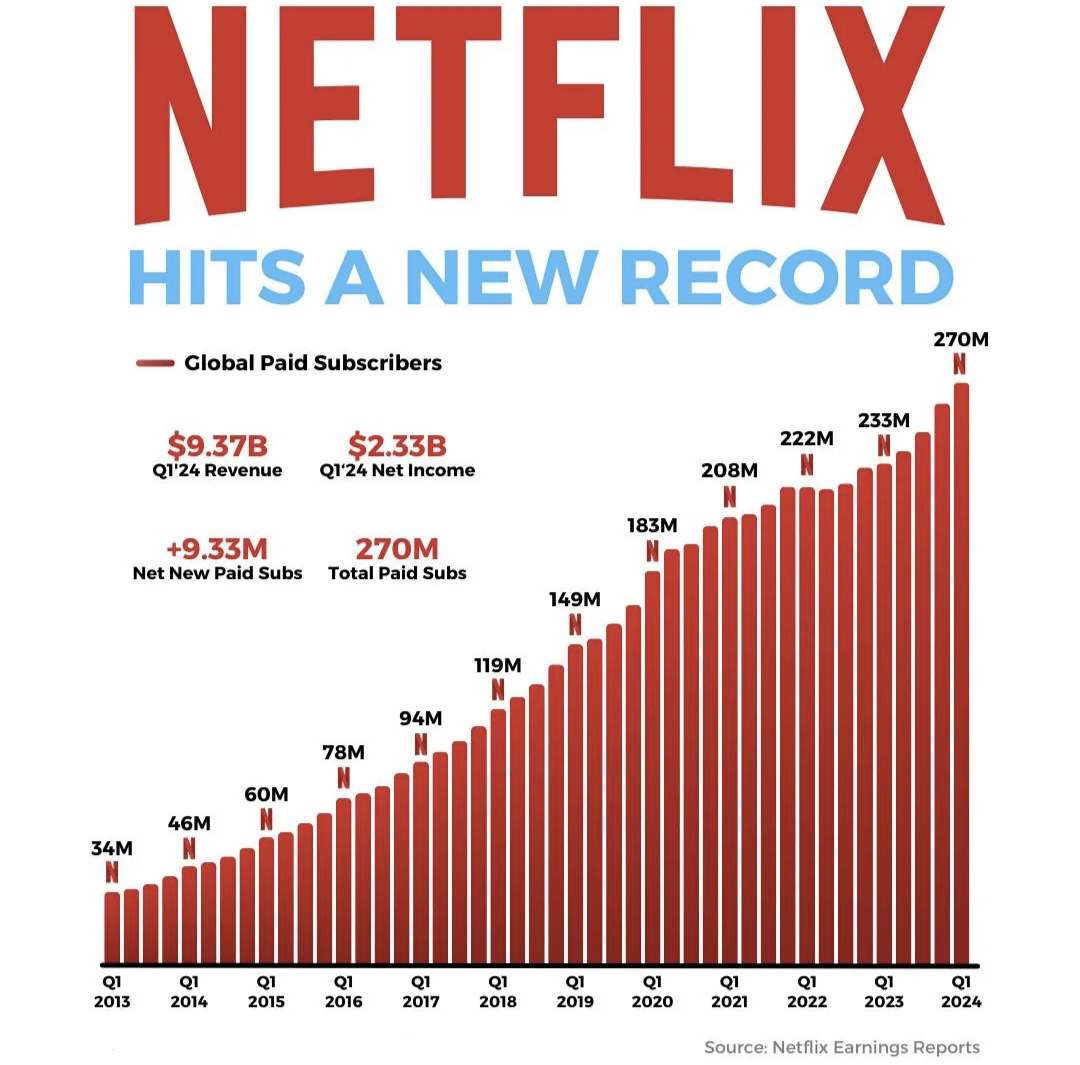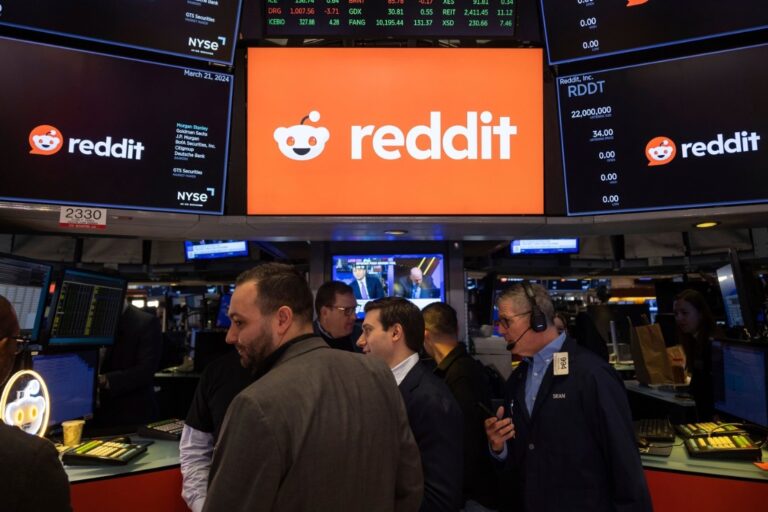“Good Shot,” Produced by Steph Curry, Set to Premiere at the American Black Film Festival This Weekend
Steph Curry’s Next Move: From Three-Point Line to Film
It would seem that after mastering the three-pointer, Stephen Curry is now lining his sights on the media landscape, driving into the film game with various producer credits over the past few years. His latest project, a meditative basketball-focused feature film called “Good Shot,” just dropped its first trailer ahead of its premiere at the American Black Film Festival this weekend.
Building Unanimous Media
Curry has been making headway in the media world for the last few years now, ever since unveiling his production company Unanimous Media, alongside Erick Peyton, in 2018. Through Unanimous, Curry and Peyton have helped develop several films, including the award-winning documentary “Emanuel” about the tragedy of the Charleston church shooting. Unanimous Media has also produced various TV shows, podcasts and even children’s books – some authored by Curry himself. Outside of Unanimous, Steph also has a couple acting credits, notably the recent Peacock mockumentary series “Mr. Throwback,” where the basketball star plays a lead role as an exaggerated version of himself.
Introducing “Good Shot”
Curry’s latest media endeavor, “Good Shot,” is documentary-style and hones in on Los Angeles streetball legend Maxwell Henderson, as he reckons with the pains of his past and adapts to having his eldest son back at home. Henderson is a man molded by his experiences and stuck living in his glory days, despite everyone around him telling him to wake up to the present. His journey is one that is “both deeply personal and universally relatable,” according to Curry and Peyton in a joint statement addressing the film’s debut.
A Story Seven Years in the Making
The finished product is the result of a seven year-long collaboration between Henderson and “Good Shot” filmmaker Joris Debeij, in what marks his directorial debut. The film is an introspective deep-dive into Henderson’s life, highlighting his accolades and his imperfections, while also spotlighting the people populating LA’s Nickerson Gardens housing complex – Henderson’s home. At its core, It’s a movie about basketball. But more than that it’s a story of fatherhood, of redemption, and of the power that can be found in community – it’s “about what we inherit from the places we grow up in, and the rare moments we try to do things differently,” according to Debeij.
Festival Debut and What’s Next
“Good Shot,” along with a myriad of other new documentaries, feature films, and more will premiere at the American Black Film Festival this weekend in Miami. Depending on how it performs at the festival, the film will likely see a wider, public release in the coming weeks. Curry and Peyton also have several other projects to keep an eye out for, including an animated action-comedy called “Goat” that follows a small goat with big dreams of playing ‘roarball,’ set to hit theaters in February.






